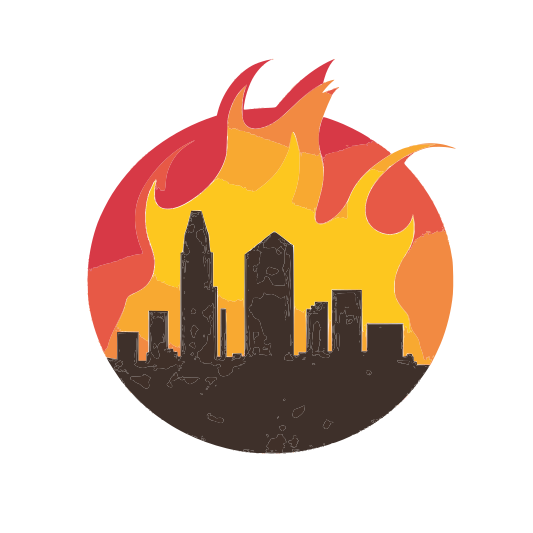The Fire Hazard Zone maps that define the areas of high risk within the city of San Diego were previously defined by the city using criteria defined by the State Fire Marshall. This year the state will be defining all areas in one map rather than excluding incorporated cities as separate responsibility areas. Cities have the option to make additions to or increase the level of the risk rating but not decrease either. San Diego does NOT intend on making any changes to the map, or at least until 2 days after posting this quote which was removed on 3/26/25.
“SDFD is not proposing any additions or increases in the LRA FHSZ during this adoption process.“
San Diego Fire-Rescue Community Risk Reduction Division
There is a PDF City of San Diego LRA 2025 FHSZ Map map published by the city but it is not very useful due to the resolution. It is recommended to refer to the Statewide OSFM 2025 Recommended LRA FHSZ Map Viewer if you want to view specific areas of the city.
The old map that was replaced can still be viewed here.
NBC reports a 26% increase areas included in very high hazard zones across San Diego County. What is missing from this story is the dramatic reductions in coverage for areas inside the city limits of San Diego where canyons and mesas create a well known fire hazard risk along the urban wild-land interface.
It is difficult to believe there is a significant difference between the east and west sides of the canyon along the SR-15 south of I-8 warrant a reduction of this size. A recent fire sparked by power lines near Fashion Valley required evacuation and aerial tankers, yet the entire area has been removed.
There is no formal comment period required by state law, however, the City of San Diego is taking public comment and fielding questions on this Comment Form.
Update On This Fast Moving Topic
An analysis by The Times found that only 21% of the properties within the Eaton fire’s perimeter were designated as having “very high” fire hazard. Yet, an independent assessment by the public-benefit company First Street had identified 94% as having “severe” or “extreme” wildfire risk, meaning they had at least a 1 in 7 chance of experiencing wildfire in a 30-year window.
Cal Fire research manager David Sapsis, who oversees the agency’s mapping efforts, acknowledged that the models Cal Fire uses to create its maps cannot fully predict the dynamic spread of wildfire into urban areas. Cal Fire’s model instead accounts for the vegetation type, topology, climate and weather for wildland areas to calculate the probability of an area burning and the likely intensity of the blaze. From this, it calculates how far a blaze would likely spill over into urban areas.
The team also intentionally chose to leave out what it calls “outlier” events like the 2017 Tubbs fire, because, they said, it would have led to overly conservative zoning. Another outlier event: the Eaton fire, which, like the Tubbs fire, was driven by relentless, powerful winds that drove the blaze deep into a populated area.

